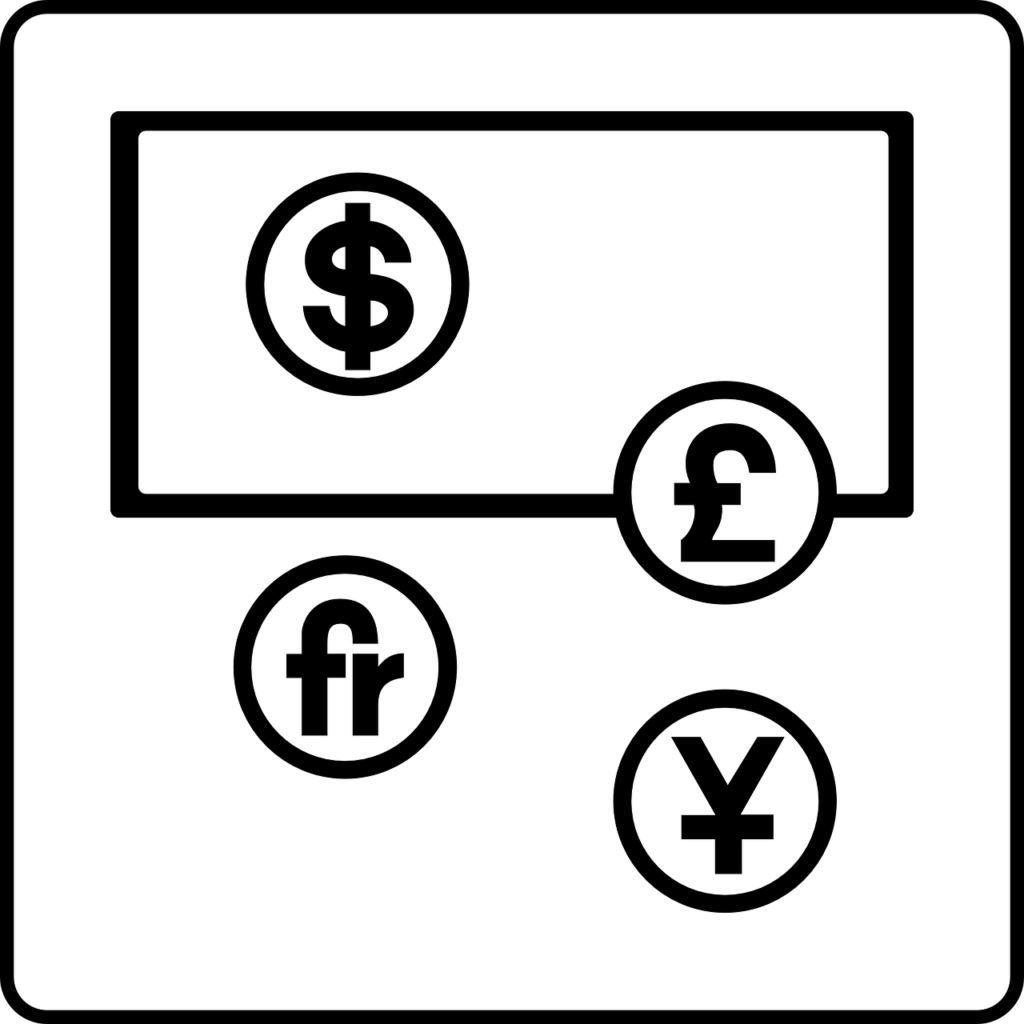Saving money is one of the most significant things you can do for your financial well-being. It helps you build an emergency fund, pay debts, and plan for your future.
However, saving money can be challenging, especially if you have a tight budget or need help with overspending. We will discuss the top 5 ways to save more money.
Table of Contents
1. Sticking to the budget

The first step to saving more money is to create a budget. A budget helps you track your income and expenses, allowing you to see where your money is going.
To create a budget, start by listing all of your monthly income sources, including your salary, any side hustles, and any other income sources. Then, list your monthly expenses, including rent or mortgage payments, utilities, food, transportation, and other bills.
Once you have a clear picture of your income and expenses, you can identify areas where you can cut back and save more money.
2. Reduce your monthly expenses

Reducing your monthly expenses is one of the most effective ways to save more money. There are many ways to cut back on your costs, such as:
- Shopping for groceries in bulk
- Cooking at home instead of eating out
- Canceling unnecessary subscriptions and memberships
- Using public transportation instead of driving
- Negotiating bills, such as your internet or cable bill
- Switching to a cheaper cell phone plan
You can save hundreds or even thousands of dollars each year by reducing your monthly expenses.
This brings into play another key aspect- How to tracking your monthly expense.
Below are few different ways you can track your expenses
1. Traditional Pen and Paper: One of the simplest ways to track expenses is by using a pen and paper. This method involves manually recording every expense in a notebook or journal. While it may seem old-fashioned, it can be effective for those who prefer a hands-on approach and enjoy the act of physically writing things down.
2. Spreadsheet Software: Using spreadsheet software like Microsoft Excel or Google Sheets allows for more organized and detailed expense tracking. Users can create customized sheets with categories, dates, and amounts, making it easy to track and analyze expenses over time.
3. Mobile Apps: In today’s digital age, there is a wide range of expense tracking apps available for smartphones. These apps offer convenience and flexibility, allowing users to track expenses on the go. They often come with features like receipt scanning, automatic categorization, and expense reports, making it easier to stay organized.
4. Online Expense Trackers: Online expense tracking platforms provide a centralized location for managing expenses. Users can link their bank accounts, credit cards, and other financial accounts to automatically import transactions. These platforms often offer additional features such as budgeting tools, bill reminders, and financial insights.
5. Personal Finance Software: For those who require more comprehensive financial management, personal finance software like Quicken or Mint can be beneficial. These programs offer expense tracking along with features like budgeting, investment tracking, and debt management, providing a holistic view of one’s financial situation.
3. Set savings goal

Setting savings goals can help you stay motivated and focused on your goals. Whether you are saving for a down payment on a home, an emergency fund, or a vacation, setting a specific savings goal can help you to stay on track.
You can break down your savings goals into smaller, achievable milestones, such as saving a certain amount each week or month. You can also set up automatic transfers to your savings account to make saving easier.
Some of the previously mentioned tools under Tracking your expenses can be used for tracking actual savings.
4. Avoid impulse purchases

Impulse purchases can quickly add up and derail your savings goals. Here are some tips to help you resist the urge to make impulsive purchases:
1. Make a Shopping List
Before heading to the store, make a list of the items you actually need. Stick to this list and avoid browsing aisles or websites that may tempt you to make unnecessary purchases.
2. Delay Gratification
If you come across something you want to buy on impulse, give yourself a cooling-off period. Wait for at least 24 hours before making the purchase. Often, the initial desire will fade, and you’ll realize that you don’t really need the item.
3. Avoid Retail Therapy
Many people turn to shopping as a way to cope with stress or emotions. Instead of indulging in retail therapy, find healthier alternatives like exercise, meditation, or spending time with loved ones.
4. Unsubscribe from Retail Newsletters
Constant exposure to tempting sales and offers can make it harder to resist impulse purchases. Unsubscribe from retail newsletters and unsubscribe from social media accounts that promote impulsive buying.
5. Set Financial Goals
Having clear financial goals can help you stay focused on saving and avoiding unnecessary purchases. Whether it’s saving for a vacation or paying off debt, remind yourself of your goals whenever you feel the urge to make an impulse purchase.
By implementing these strategies, you can regain control over your spending habits and avoid the pitfalls of impulse buying. Remember, it’s important to be mindful of your purchases and make intentional decisions that align with your financial goals.
5. Increase your income

Increasing your income is another way to save more money. There are many ways to increase your revenue, such as:
- Asking for a raise at work
- Starting a side hustle
- Freelancing or consulting
- Selling items you no longer need
- Participating in paid surveys or focus groups
Increasing your income can save more money each month and reach your savings goals faster.
In conclusion, saving money is essential for your financial well-being, and there are many ways to save more money. By creating a budget, reducing your monthly expenses, setting savings goals, avoiding impulse purchases, and increasing your income, you can save more each month and achieve your financial goals.
Next Read this blog to learn which books to read on Money -> Financial Freedom- 10 Must Read Books to Build Wealth and Achieve | THE PASSIVE MINDSET




Pingback: 7 Steps To Create Your Personal Life Balance Sheet — A Take on Personal Finance | THE PASSIVE MINDSET